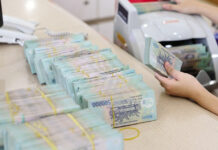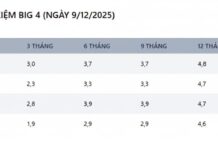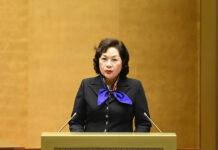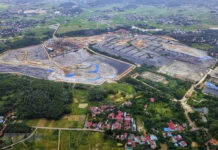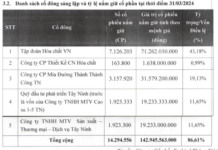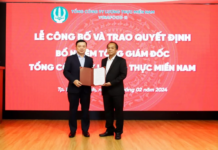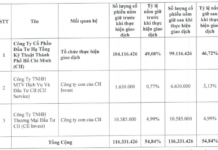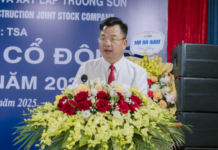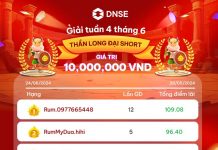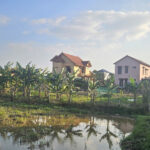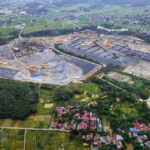Golden Age: Once Every Ten Households Had a CEO
Located about 25 km northeast of the center of the capital, Dong Ky village (Tu Son city, Bac Ninh province) used to be just a small craft village. From September 1999, the village belonged to Dong Quang commune, Tu Son district.
In 2008, according to the decision to establish Tu Son township, Dong Quang commune was divided into Trang Ha ward and Dong Ky ward. To this day, Dong Ky has an additional craft village industrial zone, 2 residential areas with about 22,000 people.
When the market economy developed, the villagers became more and more “well-fed and well-done”. In the early 2000s, Dong Ky was considered a key economic area of Tu Son district and Bac Ninh province.
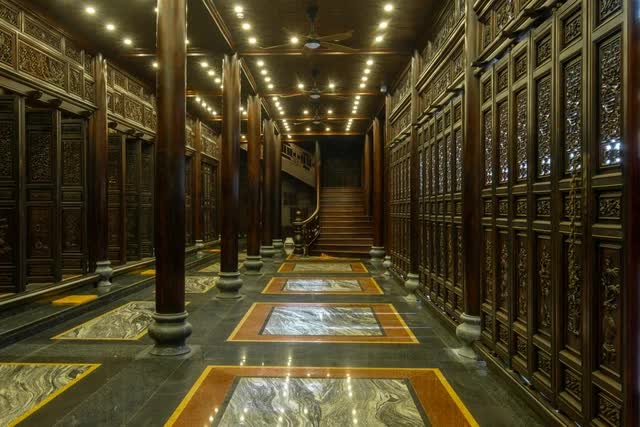
A corner of the ancestral temple of the leading Dong Ky woodenware business couple. Photo: Hoang Viet.
From the early 2000s until 2015, Dong Ky had over 500 private enterprises established thanks to the fine art woodworking profession. The village is also known as the “village of directors” or ” village of billionaires “. The people stepped out into the street to meet the director.
Dong Ky fine art wooden furniture is skillfully and meticulously crafted from the selection of materials, making horizontal furniture (cutting wood into panels according to predetermined sizes) to the carving and finishing stages.
The fine art woodworking market has expanded, not only selling domestically, Dong Ky wooden furniture is also exported abroad. Hundreds of large trading households own assets of tens of billions of dong or more. At its peak, more than 60% of Dong Ky’s fine art wood products were consumed in the Southeast Asian market and some European countries.
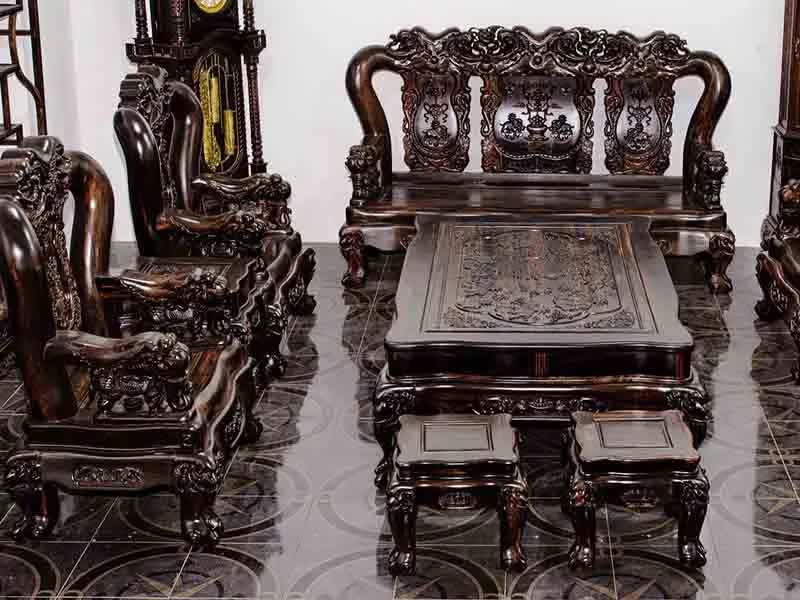
Dong Ky rosewood furniture.
In recent years, especially after the COVID-19 pandemic, most of the manufactured goods are consumed domestically. Some of the previous wood workshops have had from 15 workers or more to meet orders, now there are only 4 workers left. Most of the enterprises and production facilities in Dong Ky are currently facing difficulties in business. Exports are stagnant, and the inventory of wood products, especially rosewood, has reached tens of thousands of cubic meters.
Villagers said that in the past, the village roads were bustling with all kinds of luxury cars, but now many of them have been pawned by their owners.
The relic fund amounts to tens of billions of dong
In recent years, the story of the wealth of the once-famous village has rarely been mentioned. On April 16, Dong Ky village suddenly caused a stir because of the news loss of 53 billion dong of relic fund . This amount of money was obtained from the sale of sưa wood trees in the communal house by Dong Ky villagers, who set up savings books managed by the Dong Ky Village Relic Management Board .
However, the treasurer of the Dong Ky village relic management board mortgaged more than 10 savings books worth 53.3 billion dong to borrow money and then lent it to others, and has not yet been able to recover it.
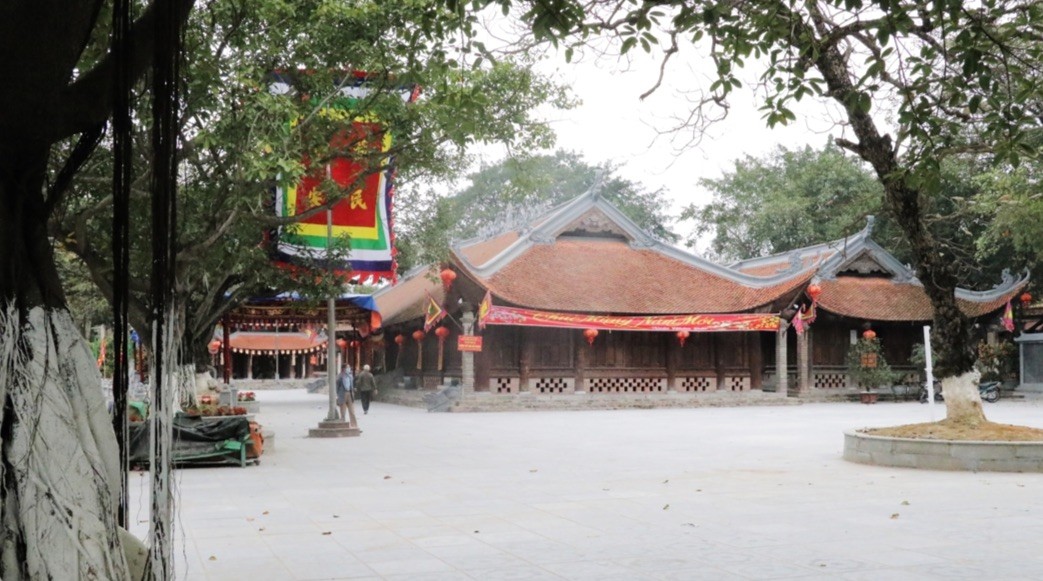
The architecture of the communal house is built in the shape of a letter
The complex of Dong Ky communal house and pagoda bears the ancient beauty, imbued with the cultural identity of the land and people of Kinh Bac. This is also one of 14 typical tourist destinations in the province.
Dong Ky communal house was built during the Ly dynasty, and during the Le dynasty, it was rebuilt on a larger scale and renovated during the Nguyen dynasty. The communal house worships the village’s patron saint, Duke Thanh “Thien Cuong”, who defeated the Yin invaders during the reign of Hung Vuong VI.
The architecture of the communal house is built in the shape of a letter, consisting of the main hall, incense-burning, and the sanctuary with eight curved edges. Wooden structures such as rafters, beams, trusses, etc. are carved with dragon and phoenix patterns very delicately and have high artistry.
Dong Ky communal house also preserves two large wooden cannons, which on occasions village festivals are paraded by the villagers to symbolize the old custom of setting off firecrackers.
Dong Ky Pagoda, with the Chinese name Tay Am Tu – located next to the communal house, forms a harmonious relic complex.
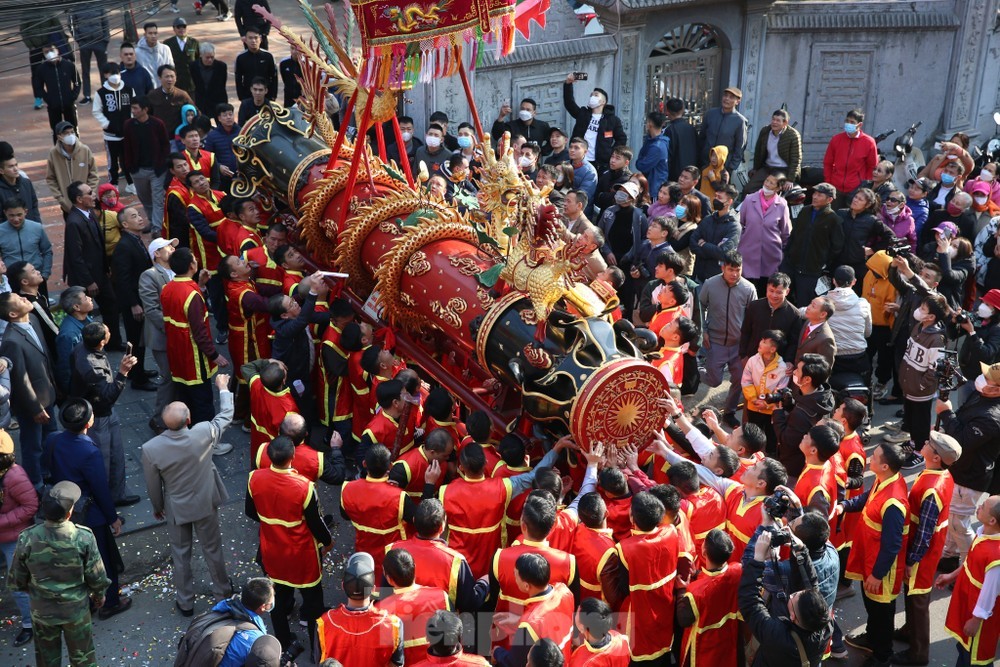
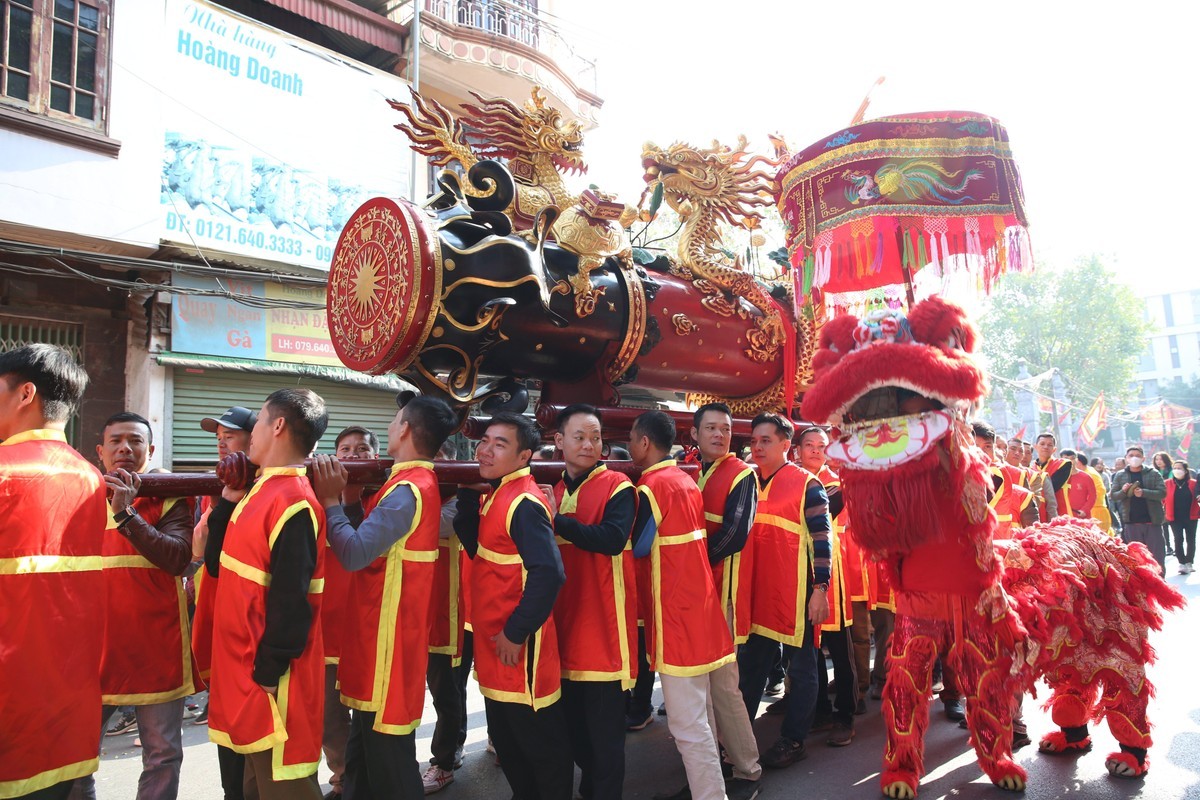
The Dong Ky village cannon procession was recognized as a National Intangible Cultural Heritage. Photo: Nguyen Trong Tai.
The pagoda’s sanctuary was an important revolutionary base during the Pre-revolutionary period (1940-1945). On March 9, 1945, the Central Committee of the Party held an expanded meeting at Dong Ky Pagoda and issued a historic directive Japanese and French clashed and our actions. The pagoda was recognized as a national historical and cultural relic in 1974.
The Bac Ninh Quan Ho Folk Song Theater, inaugurated in 2019, caused controversy due to the use of a series of Dong Ky wooden chairs as seats for the audience. The total cost for this item is 6.3 billion VND.






